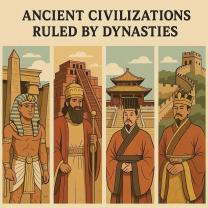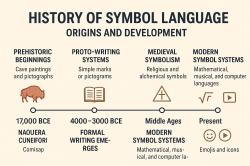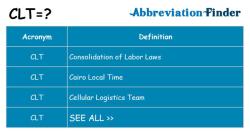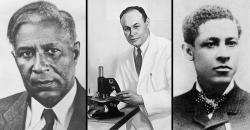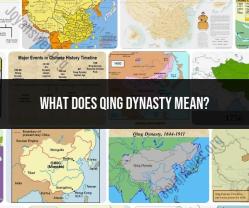How did the early people settle in the Americas?
The settlement of the Americas by early people is a complex and fascinating historical process that likely occurred over several thousand years. While the exact timing and routes of migration are still subjects of ongoing research and debate among scholars, there are some widely accepted theories and key points about how early people settled in the Americas:
Bering Land Bridge (Beringia): One of the most widely accepted theories is that the first humans to settle in the Americas migrated from Asia to North America via a land bridge known as Beringia. During the Last Glacial Maximum, which occurred around 25,000 to 13,000 years ago, much of Earth's water was locked in ice sheets, causing sea levels to drop. This exposed a land bridge between Siberia (Asia) and Alaska (North America) across the Bering Strait.
Migration Waves: It is believed that people from Asia, possibly following herds of large mammals like mammoths, bison, and horses, gradually migrated across Beringia into North America. These migrations likely occurred in waves over thousands of years.
Clovis Culture: The Clovis culture, dating back to around 13,000 to 12,600 years ago, is one of the earliest known archaeological cultures in North America. The distinctive Clovis spear points are often associated with these early settlers.
Spread Southward: After entering North America, early people spread southward across the continent. They adapted to a wide range of environments, including grasslands, forests, deserts, and coastal regions.
Cultural Diversity: Over time, these early settlers developed diverse cultures, languages, and lifestyles. Some groups became sedentary and engaged in agriculture, while others continued to rely on hunting and gathering.
Migration to South America: The peopling of South America is believed to have occurred somewhat later, with evidence of human presence dating back to around 14,000 years ago. The journey through South America involved navigating challenging terrain, including tropical rainforests and high mountain ranges.
Clovis-First Hypothesis: While the Clovis culture was once thought to represent the earliest inhabitants of the Americas, more recent archaeological discoveries have challenged the "Clovis-first" hypothesis. Evidence of pre-Clovis sites, indicating human presence before the Clovis period, has been found in various locations, suggesting a more complex and multifaceted settlement history.
Coastal Migration: Some researchers suggest that early people might have also migrated along the Pacific Coast, using boats to travel southward. This coastal migration theory proposes that people settled along the coastline and moved into the interior of the continent.
Continued Research: Ongoing archaeological research, genetic studies, and advancements in technology are providing new insights into the timing and routes of early human migration in the Americas. These studies continue to refine our understanding of the complex history of settlement in the Americas.
Overall, the peopling of the Americas is a rich and dynamic story of human migration, adaptation, and cultural development that unfolded over millennia. It is a testament to the resilience and resourcefulness of early people as they navigated and thrived in diverse environments across the continent.
Theories on the First Human Settlement of the Americas
The first humans are thought to have arrived in the Americas from Asia during the last Ice Age, when a land bridge connected the two continents. However, there is still much debate about the exact timing and route of migration.
One of the most widely accepted theories is the Bering Land Bridge theory. This theory posits that the first humans migrated to the Americas from Siberia across a land bridge that was exposed during the last Ice Age. The Bering Land Bridge was a strip of land that connected Siberia to Alaska and existed from about 16,000 to 10,000 years ago.
Another theory is the Solutrean hypothesis. This theory posits that the first humans migrated to the Americas from Europe by boat. The Solutrean hypothesis is based on the similarities between the stone tools found in Europe and the Americas. However, there is no direct archaeological evidence to support this theory.
Archaeological Evidence of Early Migrations to Americas
The earliest archaeological evidence of human habitation in the Americas dates back to about 16,000 years ago. This evidence includes stone tools, animal bones, and human remains.
Some of the most important archaeological sites for the study of early human migration in the Americas include:
- Monte Verde, Chile: Monte Verde is one of the oldest known human settlements in the Americas. It dates back to about 14,800 years ago.
- Meadowcroft Rockshelter, Pennsylvania: Meadowcroft Rockshelter is another early human settlement in the Americas. It dates back to about 16,000 years ago.
- Clovis sites: Clovis sites are found throughout the Americas and date back to about 13,000 years ago. Clovis sites are characterized by the presence of a distinctive type of spear point.
Establishment of Complex Societies in Ancient Americas
By about 2,000 years ago, complex societies had emerged in the Americas. These societies included the Maya, Aztec, and Inca civilizations.
The Maya civilization was located in Central America and flourished from about 250 to 900 AD. The Maya were known for their advanced mathematics, astronomy, and writing system. They also built impressive pyramids and temples.
The Aztec civilization was located in central Mexico and flourished from about 1300 to 1521 AD. The Aztecs were known for their complex social and political system, their agriculture, and their architecture.
The Inca civilization was located in South America and flourished from about 1400 to 1532 AD. The Incas were known for their impressive road network, their agricultural system, and their stonework.
The establishment of complex societies in the Americas is a testament to the ingenuity and creativity of the early Americans. These societies made significant contributions to the arts, sciences, and technology.
The study of the first human settlement of the Americas is a fascinating and complex field. Archaeologists and other scientists are still learning about the earliest inhabitants of the Americas and how they arrived on this continent.


